With effect from 1 April 2017, the flat rate scheme is changing for the category of businesses that HMRC now calls ‘limited cost traders’.
You are a limited cost trader if either:
- Expenditure on goods used exclusively for business purposes (including VAT) is less than 2% of gross sales OR
- Expenditure on goods is less than £1000 a year.
If you are NOT a limited cost trader then nothing will change.
If you are a limited cost trader, however, you will need to apply a new flat rate scheme percentage of 16.5%. As this is applied to your VAT inclusive sales, there is very little benefit to being on the flat rate scheme in these circumstances.
For example:
ABC Ltd invoices £50,000 plus VAT. Gross receipts are therefore £60,000 and at 16.5%, £9,900 of VAT is payable to HMRC.
If you ARE a limited cost trader you have a number of choices:
- If your turnover is below the VAT deregistration threshold of £81,000 you could deregister from VAT.
- You could adopt the new 16.5% flat rate percentage and accept that more VAT will be payable. Your VAT return preparation will remain straightforward.
- You could revert to the ‘standard’ VAT scheme and account for output tax less input tax each quarter. If you do this you MUST notify HMRC of your decision to leave the flat rate scheme.
In the example of ABC Limited, providing their recoverable VAT exceeds £100 per year they would be better off switching to the standard VAT scheme. However, the preparation of VAT returns may be more time consuming each quarter.
If you would like assistance with a review of your position on the VAT flat rate scheme, deregistering for VAT, leaving the flat rate scheme or with general VAT and bookkeeping compliance, please get in touch with us.

